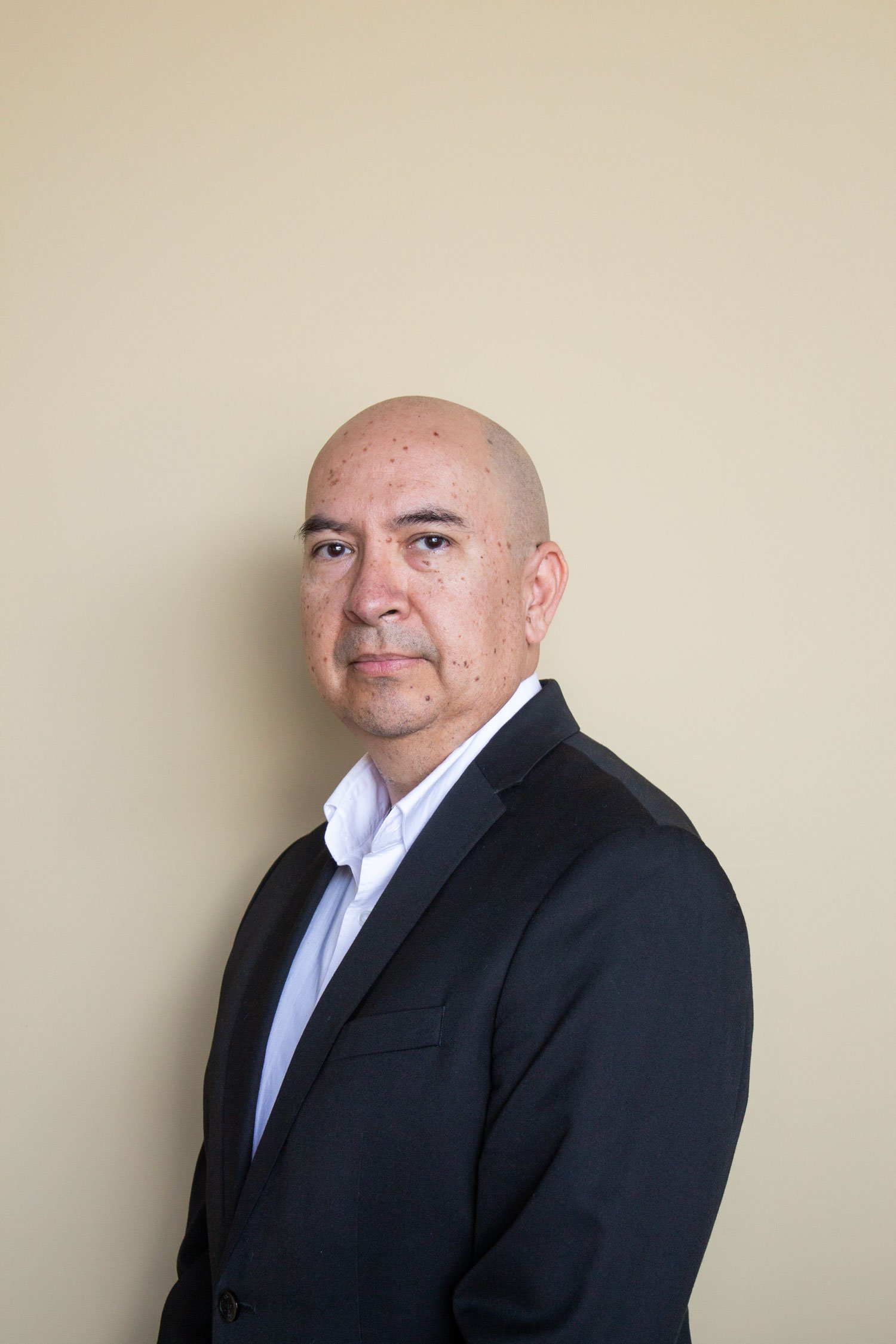Vendor Consolidation & Strategic Outsourcing: Reducing Complexity for Growing Tech Companies
Written by: Monserrat Raya
The Hidden Complexity of Growth
When tech companies grow, their operational ecosystems often expand faster than their ability to manage them. What begins as a few outsourcing contracts for specialized projects can quickly turn into a tangled web of vendors, contracts, time zones, and conflicting processes. Over time, this fragmentation creates hidden costs: duplicated work, communication overhead, and a loss of technical consistency. For CTOs and engineering leaders, this complexity translates into slower decision-making and greater risk. Even when teams perform well individually, the lack of unified governance weakens the entire organization’s ability to scale. This is where vendor consolidation and strategic outsourcing become essential tools, not just for cost reduction, but for building a foundation of clarity, accountability, and strategic alignment. In this article, we’ll explore why consolidating vendors can help growing tech firms regain operational simplicity, how to execute it without losing flexibility, and what metrics to track to measure its success. You’ll also find real-world examples, a comparative framework, and actionable insights to future-proof your outsourcing strategy.What Is Vendor Consolidation & Strategic Outsourcing?
Vendor consolidation means reducing the number of external providers to a smaller, more strategic group that aligns with your company’s operational and business goals. Rather than working with 10 or 12 vendors, each managing a small piece of the puzzle, you focus on 2 or 3 that can cover multiple domains, coordinate effectively, and deliver measurable value. According to Gartner’s definition of IT outsourcing, true strategic outsourcing goes beyond cost reduction and focuses on aligning external partners with long-term business objectives. It’s not about offloading tasks to the cheapest provider, it’s about selecting partners that integrate deeply with your processes, share accountability, and help your organization scale efficiently. When combined, vendor consolidation and strategic outsourcing transform how engineering organizations operate. They reduce redundant contracts, unify standards, and increase visibility across distributed teams. This dual approach also enables leaders to negotiate better terms, demand higher quality, and create partnerships built around shared outcomes rather than simple deliverables.Why Tech Firms Are Moving Toward Vendor Consolidation
Tech companies are increasingly adopting vendor consolidation as a strategic response to complexity. The drivers behind this shift include:- Operational efficiency and simplicity:
- Governance and control:
- Cost optimization and leverage:
- Quality and consistency:
- Risk reduction:
| Aspect | Multiple Vendors | Consolidated Vendors |
|---|---|---|
| Communication | Fragmented across channels and time zones | Centralized, transparent communication |
| Governance | Difficult to standardize practices | Unified policies and performance metrics |
| Cost Control | High administrative overhead | Better leverage and negotiated rates |
| Delivery Consistency | Varies between vendors | Predictable and integrated performance |
| Risk Exposure | Duplicated and dispersed | Centralized visibility and control |
| Innovation | Short-term and fragmented | Long-term strategic collaboration |
When Vendor Consolidation Makes Sense (and When It Doesn’t)
Vendor consolidation is not a universal solution. It’s most effective when your organization already relies on multiple outsourcing partners, faces coordination challenges, or is looking to standardize operations at scale. Signs that consolidation makes sense:- Your company manages several outsourcing relationships with overlapping services.
- Administrative and billing complexity is rising.
- Integration or communication between external teams has become a bottleneck.
- You need stronger governance, better visibility, or more predictable performance.
- You require deep specialization across unrelated technical domains (e.g., embedded systems and enterprise SaaS).
- Relying too heavily on a single vendor could create dependency risk.
- The migration process might disrupt live projects or ongoing customer operations.
- Your organization lacks internal bandwidth to manage the transition effectively.
How to Plan & Execute Vendor Consolidation Strategically
Effective consolidation requires structure and foresight. A step-by-step approach helps mitigate risk and ensures alignment across technical, operational, and financial dimensions.
1. Audit your vendor ecosystem.
Start by mapping all your current outsourcing relationships—scope, contracts, deliverables, and costs. Identify overlaps and underperforming providers.
2. Define consolidation criteria.
Establish metrics like quality, responsiveness, cultural alignment, security posture, and scalability. Assign weights to each factor to score vendors objectively.
3. Build your shortlist.
Select vendors capable of delivering across multiple domains, ideally those with a proven record of collaboration and technical excellence.
4. Negotiate strategically.
Consolidation provides leverage to negotiate volume discounts, multi-year terms, or outcome-based contracts that tie payment to results. (See Vested Outsourcing model on Wikipedia.)
5. Plan the transition.
Migrate services gradually. Keep coexistence phases where necessary to avoid disruptions. Communicate constantly with internal teams and stakeholders.
6. Strengthen governance and KPIs.
Implement transparent dashboards and regular business reviews. Set measurable performance goals to ensure accountability and long-term success.
To better anticipate challenges that often appear during vendor transitions, explore Scio’s article Offshore Outsourcing Risks: Diagnosing and Fixing Common Pitfalls in Software Development. It outlines how to identify hidden risks in outsourcing relationships and build a framework that supports smoother consolidation and stronger governance across your vendor ecosystem.
Common Risks and How to Mitigate Them
Consolidation offers clarity, but also new risks if poorly managed. These are the most frequent pitfalls—and how to avoid them:| Risk | Mitigation |
|---|---|
| Vendor lock-in | Maintain secondary suppliers or clauses for exit flexibility. |
| Reduced competition | Encourage performance reviews and innovation incentives. |
| Disruption during transition | Execute gradual migrations with pilot phases to ensure continuity. |
| Internal resistance | Communicate value early and involve internal teams in the selection process. |
| Price increases over time | Negotiate inflation caps and outcome-based contracts for stability. |
Measuring Success: Metrics & KPIs
Consolidation should generate measurable results, not just theoretical efficiency. The following KPIs help track whether your efforts are working:- Number of active vendors (before vs. after consolidation)
- Percentage reduction in vendor management overhead
- Average SLA compliance rate
- Time-to-delivery improvement percentage
- Internal stakeholder satisfaction (via surveys)
- Overall cost savings vs. baseline
- Reduction in integration defects or rework cycles
Case Study: From Fragmentation to Focus
A U.S.-based SaaS company with 300 engineers had accumulated 11 different outsourcing vendors over six years. Each handled separate features, maintenance, or integrations. The result was predictable: inconsistent delivery, duplicated work, and costly project coordination. After performing a vendor audit, the firm consolidated to three partners—each covering full delivery domains rather than isolated functions. Within 12 months, vendor-related administrative costs dropped by 35%, SLA compliance rose from 78% to 94%, and average delivery time decreased by 20%. Beyond the numbers, the cultural shift was evident: teams felt more ownership, communication channels simplified, and engineering velocity improved. Scenarios like this show that consolidation, when executed strategically, doesn’t limit innovation—it enables it.Best Practices from Industry Experts
- Start small: Test consolidation with non-critical services before expanding.
- Build transparency: Share goals, metrics, and challenges with selected vendors.
- Keep modular flexibility: Even with fewer vendors, preserve the ability to decouple components when needed.
- Encourage co-innovation: Treat vendors as strategic partners, not transactional suppliers.
- Review regularly: Reassess contracts and performance annually to prevent stagnation.
- Prioritize cultural alignment: Nearshore vendors, particularly in Mexico and LATAM, offer real-time collaboration and shared values that amplify long-term success.
Taking the Next Step Toward Strategic Outsourcing Excellence
Vendor consolidation and strategic outsourcing mark the next stage in software sourcing maturity. For organizations that have already explored outsourcing, this approach is not about doing more with less, but about building scalable, measurable, and outcome-driven partnerships that strengthen operational focus and long-term resilience.
If your engineering organization is facing vendor sprawl, fragmented processes, or diminishing efficiency, now is the time to re-evaluate your outsourcing landscape through a strategic lens. Scio’s nearshore software outsourcing services help technology leaders across the U.S. build high-performing, easy-to-collaborate engineering teams that deliver technical excellence and real-time alignment across borders.
Ready to discuss your current vendor ecosystem or explore a tailored consolidation strategy? Contact Scio today to start building a partnership designed for sustainable growth and simplicity.
FAQs: Vendor Consolidation & Strategic Outsourcing
-
It’s the process of reducing multiple outsourcing partners to a smaller, strategic group. The goal is to select vendors that align perfectly with your goals, quality standards, and governance needs, streamlining your supply chain and simplifying oversight.
-
Most mid-sized tech firms operate efficiently with two to three core vendors. This range is small enough to ensure unified delivery standards and cultural alignment, yet large enough to retain market flexibility and capacity redundancy.
-
Not if done strategically. The goal is to simplify vendor management without limiting innovation. The key is to select vendors with multi-domain expertise and proven scalability across different technologies, ensuring breadth remains available.
-
To avoid lock-in, you must negotiate clear exit clauses, maintain alternative service options for critical functions, and ensure all internal documentation and IP remains accessible and transferable across internal and outsourced teams.

